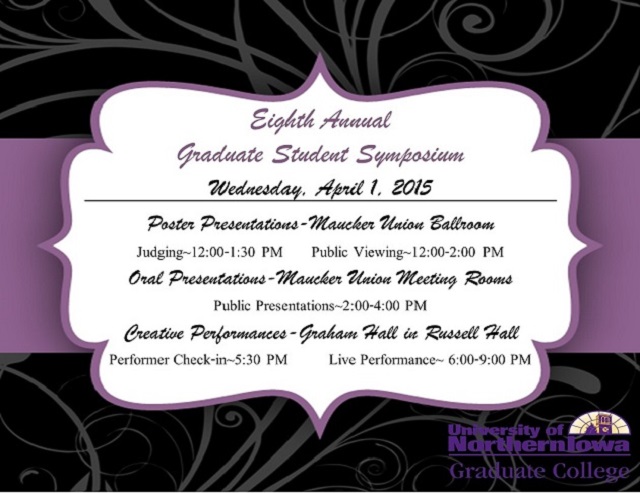
Complete Schedule
Presentation Type
Open Access Oral Presentation
Keywords
Communication devices for autistic children; iPad (Computer); Computer-assisted instruction;
Abstract
The purpose of this study was investigating teachers’ interaction with a young child with ASD when they were using iPad to support language and communication skills development. A manipulation-free design was applied. Business-as-usual classroom interaction was analyzed. Utterances were divided into two conditions (iPad-use and non-iPad-use) to compare effectiveness on supporting the child’s engagement in teacher-child interaction. In addition, interviews with teachers were conducted to collect more information about their own perspectives regarding iPad use with the student with ASD. Results of the study indicate that child-teacher joint attention and teachers’ verbal assistance happened more frequently when iPad was not used. In addition, surprisingly, teachers put minor emphasis on iPad use for targeted instruction for language and communication skills development, different from their initial claim. These findings suggest that more professional development for teachers’ iPad use in language and communication skills development should be provided.
Start Date
1-4-2015 2:00 PM
End Date
1-4-2015 4:00 PM
Faculty Advisor
Sohyun Meacham
Department
Department of Special Education
Copyright
© 2015 Saeed Almalki
File Format
application/pdf
Embargo Date
3-15-2015
Teachers’ Interaction with a Young Child with ASD to Support Language and Communication Skills Development: Comparing iPad and non-iPad Use
The purpose of this study was investigating teachers’ interaction with a young child with ASD when they were using iPad to support language and communication skills development. A manipulation-free design was applied. Business-as-usual classroom interaction was analyzed. Utterances were divided into two conditions (iPad-use and non-iPad-use) to compare effectiveness on supporting the child’s engagement in teacher-child interaction. In addition, interviews with teachers were conducted to collect more information about their own perspectives regarding iPad use with the student with ASD. Results of the study indicate that child-teacher joint attention and teachers’ verbal assistance happened more frequently when iPad was not used. In addition, surprisingly, teachers put minor emphasis on iPad use for targeted instruction for language and communication skills development, different from their initial claim. These findings suggest that more professional development for teachers’ iPad use in language and communication skills development should be provided.


